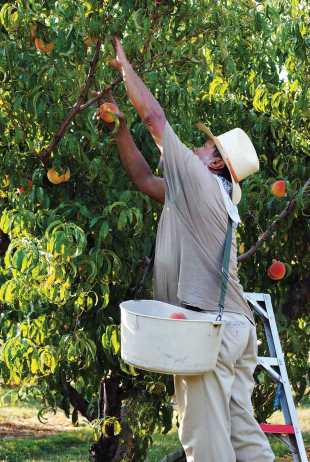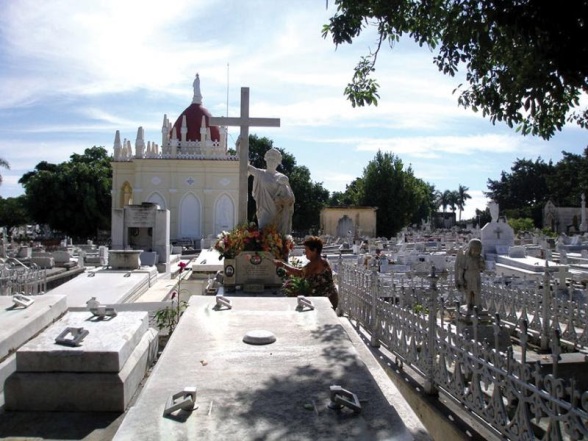
Family farms where the Chinese people lived for generations were flooded when the Three Gorge Dam was built on the Yangtze River.
The China of yesterday is one of the oldest civilizations known to man. In this land once ruled by Emperors, architectural remains tell the story of how people lived and worked. Located on the eastern part of Asia, the land covers 3.7 million square miles and has over 1.3 million people or one-fifth of the world’s population. In the cities, family apartments and office buildings compete for land space and high-rise structures often reach 50 floors.

 The China of yesterday is one of the oldest civilizations known to man. In this land once ruled by Emperors, architectural remains tell the story of how people lived and worked. Located on the eastern part of Asia, the land covers 3.7 million square miles and one-fifth of the world’s population.
The China of yesterday is one of the oldest civilizations known to man. In this land once ruled by Emperors, architectural remains tell the story of how people lived and worked. Located on the eastern part of Asia, the land covers 3.7 million square miles and one-fifth of the world’s population.





